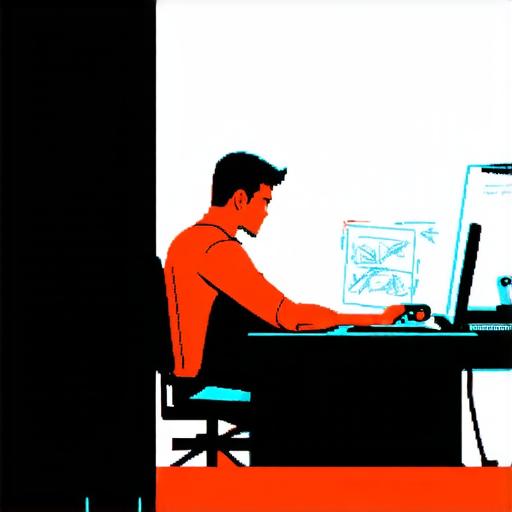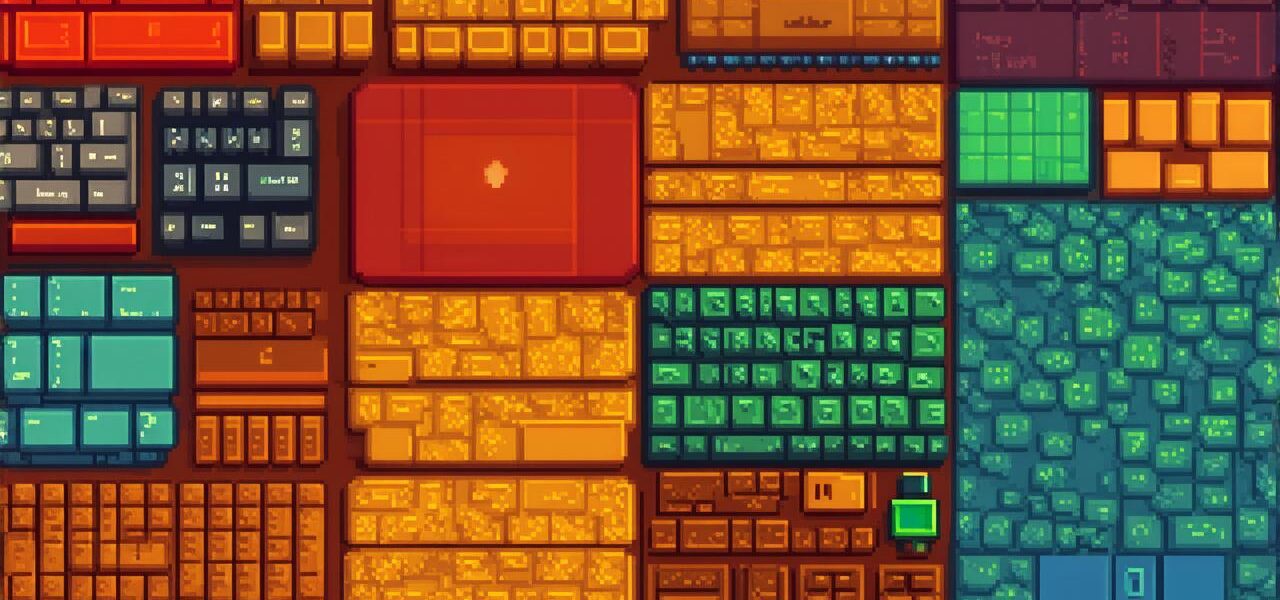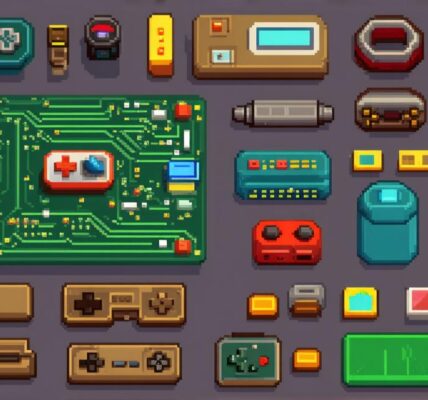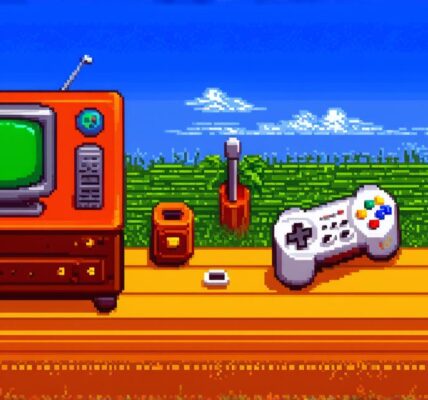Have you ever dreamed of creating your own video game? Whether it’s a simple platformer or a complex RPG, becoming a video game maker is an exciting and rewarding career path. But where do you start? In this article, we will explore the steps you need to take to become a video game maker, including the skills and tools you need, as well as real-life examples of successful video game makers who have followed these steps.
Step 1: Learn Programming
The first step in becoming a video game maker is to learn programming. While there are many different programming languages that can be used in game development, some of the most popular include C++, Unity, and Unreal Engine. These languages allow you to create the code that will bring your game to life, from controlling player movement to rendering graphics.
To learn programming, you can enroll in a computer science program at a college or university, or take online courses through platforms like Udemy or Coursera. You can also find free resources online, such as Codecademy and FreeCodeCamp, which offer interactive lessons and projects to help you practice your skills.
Step 2: Choose Your Game Engine
Once you have learned programming, the next step is to choose a game engine. A game engine is a software toolkit that provides pre-built assets, such as characters, environments, and effects, as well as tools for creating code and designing levels. Some of the most popular game engines include Unity, Unreal Engine, and Godot.
Each game engine has its own strengths and weaknesses, so it’s important to choose one that fits your needs and skill level. For example, if you’re new to programming, Unity may be a good choice because it has a user-friendly interface and a large community of developers who can provide support and resources.
Step 3: Design Your Game Concept
Before you start coding, you need to design your game concept. This involves coming up with an idea for your game, as well as determining the mechanics, characters, levels, and other elements that will make it unique. To do this, you can use tools like Twine or Stencyl, which allow you to create prototypes of your game without writing any code.
Step 4: Create Assets
Once you have a prototype of your game, the next step is to create assets. Assets are the visual and audio elements that make up your game, such as characters, environments, sounds, and music. You can create these assets using tools like Blender, Photoshop, or Pro Tools.
Step 5: Write Code
With your assets in place, it’s time to start writing code. This involves creating the logic for your game, such as how players move, how enemies behave, and how levels are designed. You can use programming languages like C++, Java, or Python, depending on which game engine you’re using.
Step 6: Test and Iterate
As you develop your game, it’s important to test it regularly and iterate based on feedback from playtesters. This involves playing your game repeatedly to identify bugs and areas for improvement, and then making changes to fix these issues. You can also use tools like Steam Early Access or Itch.io to get feedback from potential players and refine your game before releasing it.
Real-Life Examples of Successful Video Game Makers

There are many successful video game makers who have followed the steps outlined above. Some examples include:
- Markus Persson, the creator of Minecraft
- Shigeru Miyamoto, the creator of Super Mario Bros.




